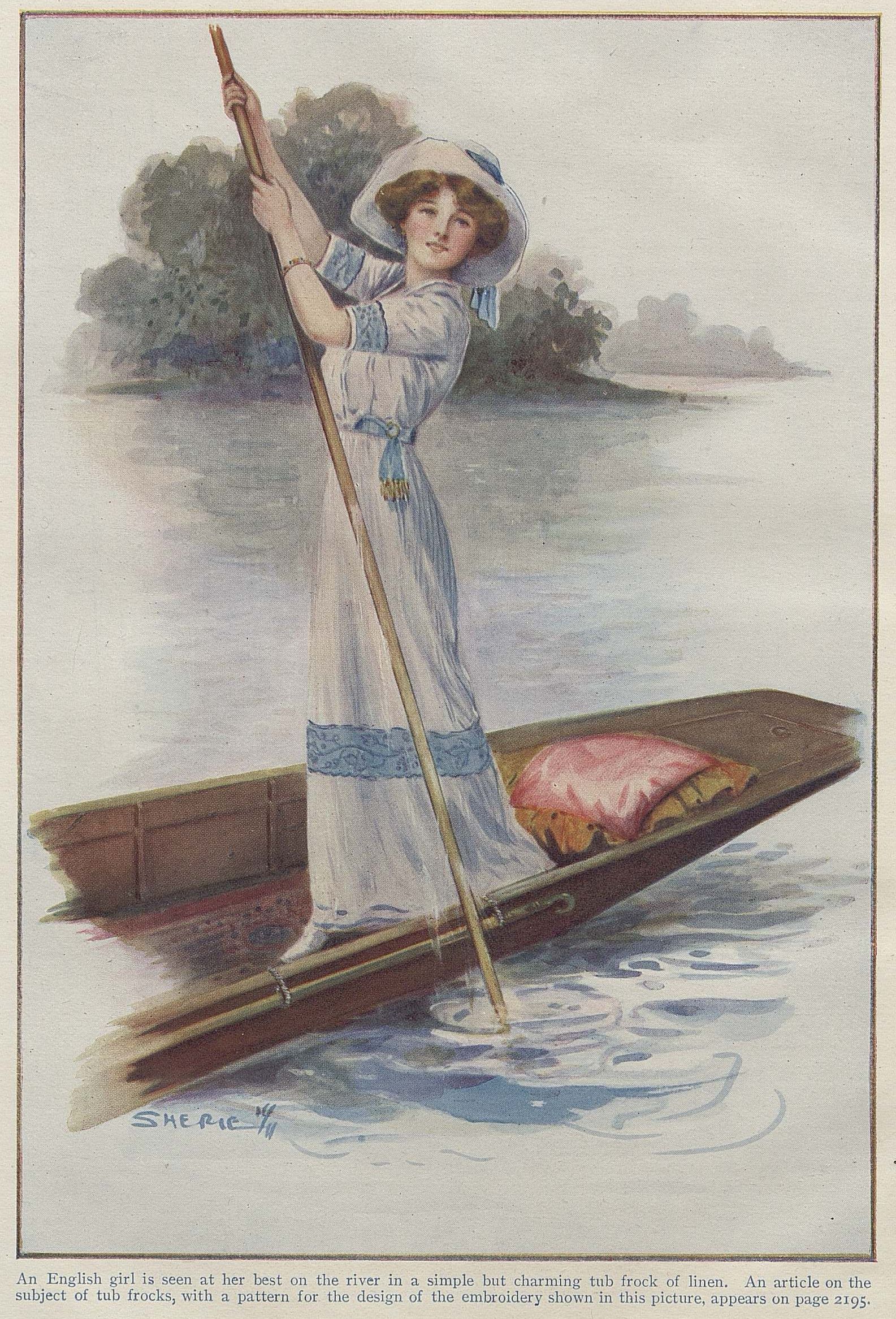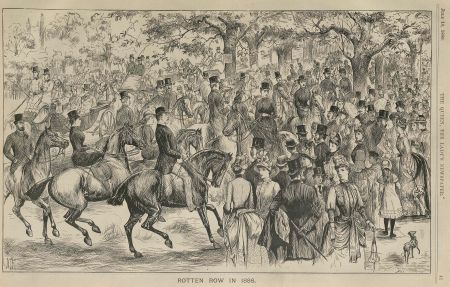Leisure and Entertainment
 Leisure and entertainment are extremely fruitful areas for anyone looking to research the socio-cultural influences on gender and identity formation, but also how recreational activities provided individuals with a public platform upon which they could, and did, stage more liberal and divergent visions of gender.
Leisure and entertainment are extremely fruitful areas for anyone looking to research the socio-cultural influences on gender and identity formation, but also how recreational activities provided individuals with a public platform upon which they could, and did, stage more liberal and divergent visions of gender.
As many of the earlier documents in Gender: Identity and Social Change reveal, men and women were evidently deeply conscious of how their identities and social standing were dictated by their choice of leisure pursuits and entertaining style. Periodicals sourced from the Mary Evans Picture Library consist of varying articles such as “Prima Donnas of the Present Day”, “Royal Romances”, and “London and Paris Fashions” (vol 3 LR) reporting upon social and fashionable news of the day. Whilst the subject of these articles not only convey pervading social views that women’s entertainment should focus on the frivolous and domestic, the literary format of this entertainment itself hints at a wider, social desire to limit women’s entertainment to an “appropriate sphere” that was both private and passive (see, Woman in her various relations: containing practical rules for American families).
Similarly, The diary of Calista Billings records her leisure time spent visiting family, or else sewing and picking flowers to be arranged. There were even printed works directing upper-class women to spend their recreational hours practicing the “Good form” of entertaining in the home (see, Good form: Dinners ceremonious and unceremonious), or else learning the “rules on deportment and the toilet, and the etiquette of dancing” (Howe’s Complete Ball-Room Hand Book).
Conversely, the periodicals and advice literature in this resource aimed at a male audiences note that the “most refined homes” befitted from a healthy combination of both practising “The art of conversation” in social circles, and more vigorous pursuits such as “Riding and Driving” (see, The Social Mirror). In such texts, masculine ideals were commonly paired with leisure activities that stood in direct contrast to those appropriated from women, suggesting that one’s masculinity and gentleman’s status could be jeopardised by failing “to make good use of their leisure hours”.
Clearly acknowledging the social gaze and scrutiny that fell upon their recreational activities, it is perhaps unsurprising that in time both men and women appear to have utilized their leisure space as an area for promoting and, in some cases, literally acting out their social criticisms and political agendas. The [Theatre: fliers for plays written by or about women; theatre classes for women; feminist theatre companies], for instance, demonstrate that the Rhode Island Feminist Theatre group made good use of their theatrical performances and costume to give voice to their feminist views on love, sexuality and fear.
Likewise, within the material supplied by Michigan State University, copies of various men’s groups material record how many men’s activist like Geof Morgan created albums and concerts with an aim to “reflect the struggles and joys of men today”. Like Geof, many men saw that in creating “an alternative music with options to the stereotyped image of men is important to support the changes men and women are making in themselves and in relationships today [sic]” (see Voices from the heart).
![[Six figures groups at a Dewees store party] © Hagley Museum & Library.](/ContributeData/GenderIdentity/Views/Introduction/ThematicAreas/leisure_3.jpg) The multi-purpose nature of leisure environments can be traced further throughout other miscellaneous material in this resource, such as newspaper clippings and business papers. For example, in an article entitled, ‘Young Women's Reading Rooms and Boarding House’, a reading room operated by the Working Girls' Association is noted both as a place of recreation “free to all young women”, but also a prime place to meet employers “female clerks, operatives, domestics, &c.”. Likewise, business papers of The Dewees Department Store highlight not only day-to-day workings of the store, but a range of social events held for staff, including Christmas and dinner parties (see Can-can dancers at a Dewees store party).
The multi-purpose nature of leisure environments can be traced further throughout other miscellaneous material in this resource, such as newspaper clippings and business papers. For example, in an article entitled, ‘Young Women's Reading Rooms and Boarding House’, a reading room operated by the Working Girls' Association is noted both as a place of recreation “free to all young women”, but also a prime place to meet employers “female clerks, operatives, domestics, &c.”. Likewise, business papers of The Dewees Department Store highlight not only day-to-day workings of the store, but a range of social events held for staff, including Christmas and dinner parties (see Can-can dancers at a Dewees store party).



